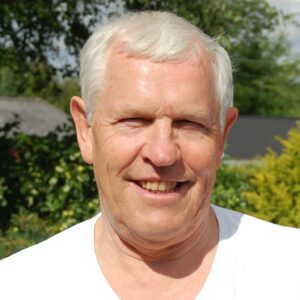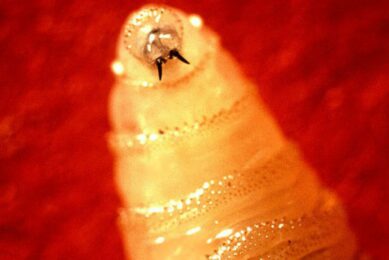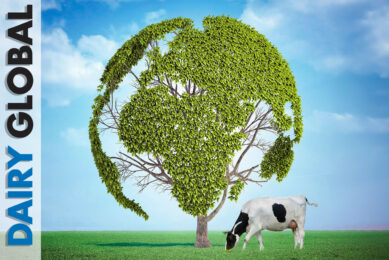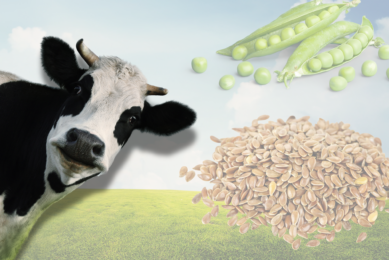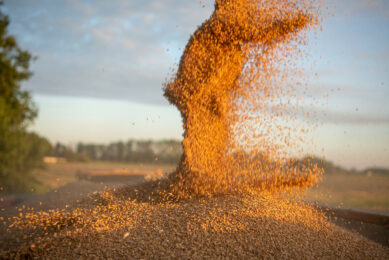Brooten, Minnesota: Visiting Jer-Lindy Farms and Redhead Creamery in the US
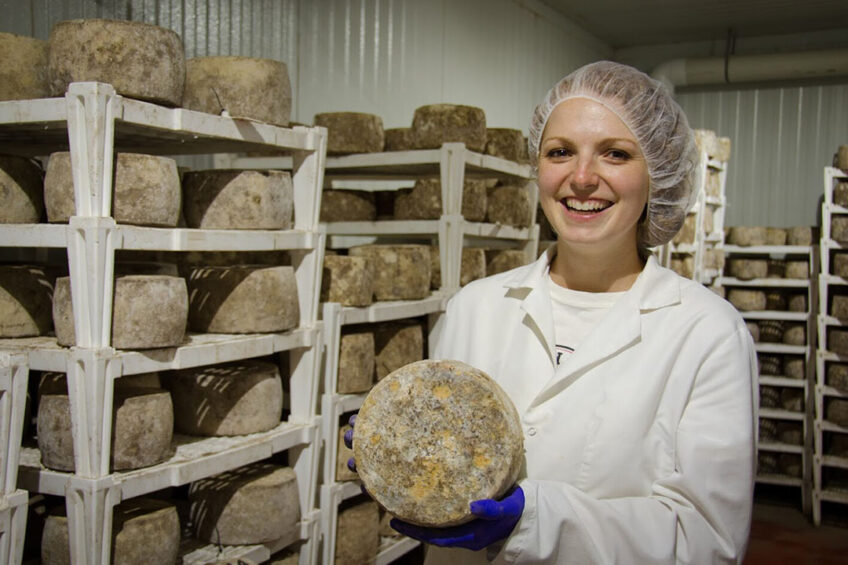
A farming family runs 110 hectares of land. The farm includes a dairy herd of 200 cows and a small cheese dairy. It is also a visitor village with 10,000 visitors annually.
“There are far too many stories about agriculture in the USA, where it is difficult to carry out a generational change for financial reasons. That was also the situation for me when I returned home at age 16 from a 4-H youth trip to Wisconsin and announced to my parents that I not only planned to stay on the farm, but that I wanted to establish a small cheese dairy at the dairy farm,” tells the 37-year-old Alise Sjöstrom.
“With this plan, my parents looked at me with astonishment. They certainly weren’t sure that this dream could come true. Little did they know at the time that they would one day become partners with my future husband and myself at Redhead Creamery. It is our small cheese dairy, which is an integral part of Jer-Lindy Farms, which has 200 dairy cows,” says Alise.
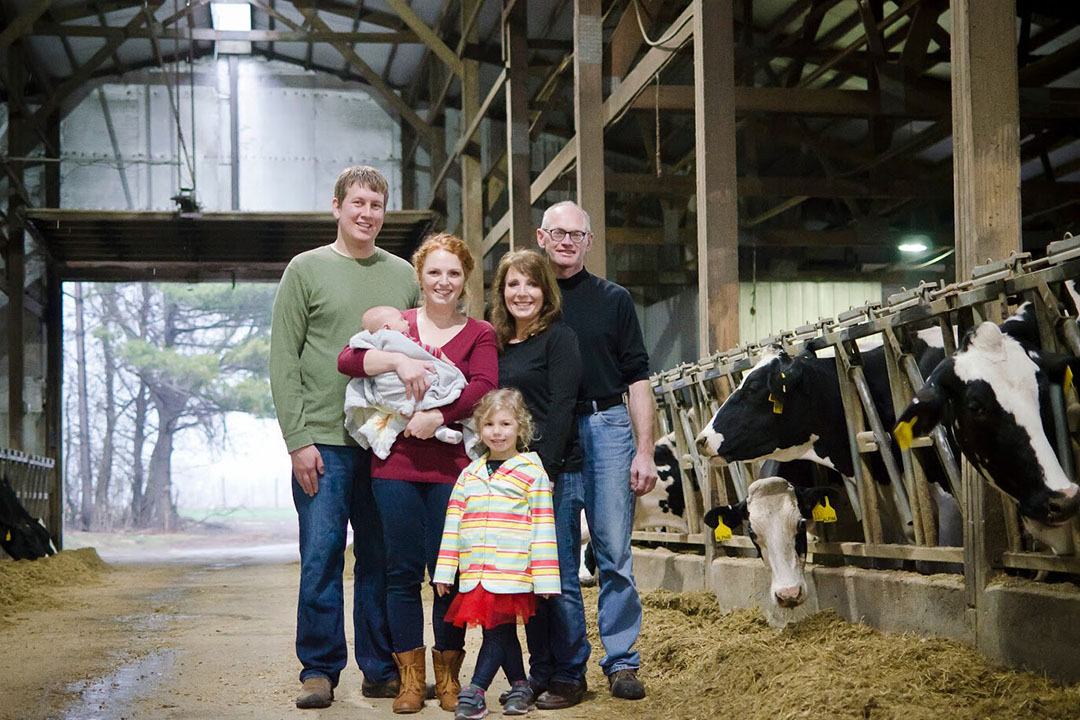
The 110-hectare farm is owned and run by Jerry and Linda Jennissen, and Alise and her husband Luca Sjöstrom. The farm and dairy are located in a hilly landscape approximately 150 km west of Minneapolis, in Brooten, in a typical agricultural area where the cornfields stretch as far as the eye can see.
Dreaming of making cheese after her 16th birthday, Alise continued to pursue her dream and completed a cooking course at a summer college, followed by high school and later continued her education at the University of Minneapolis. She wanted to learn everything about making cheese and about dairy operations and food quality. Later she went to further her education at the Vermont Institute of Artisan Cheese.
“My passion and dream for cheese-making continued to grow, and I became ‘affectionately’ known as ‘Cheese Alise’ by many of my friends and family,” says Alise.
Shortly after graduating from the Vermont institute, she started a job in the retail world to improve her understanding of the entire cheese ‘food chain’. For 5 years, she and her husband Lucas (she had met him at University and they were married) lived and worked on dairies in Vermont and Wisconsin. At one point they even traveled to Switzerland and Brazil to learn more about making cheese.
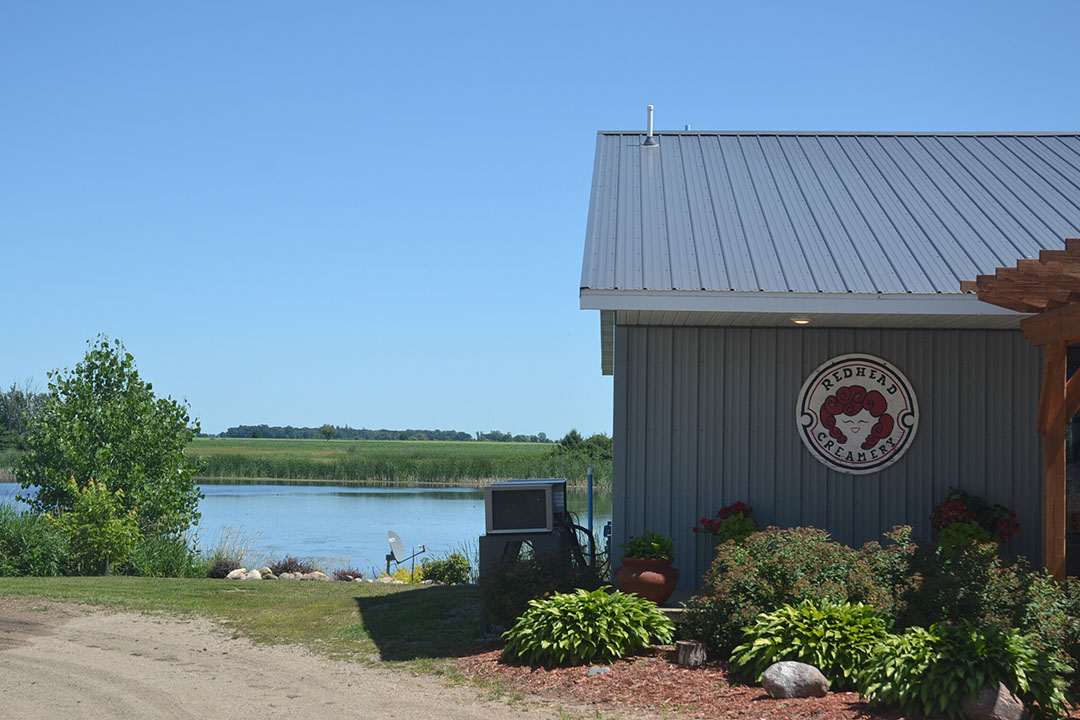
Many dairies and cheese experts looked after the young couple over the years and helped build their knowledge and understanding of the cheese-making process.
“In 2012, more than a decade after I announced my future cheese plans to my parents, Lucas and I began planning the journey home to my family farm here in Brooten, Minnesota, and start our own family. Now the real work had to begin,” says Alise.
Construction for the cheese dairy
The construction plans for the small cheese dairy were laid down with text and drawings. The establishment meant a number of construction changes on the farm, among other things, a direct pipeline had to be built from the existing milking shed, so that the milk could flow directly to the cheese dairy. A new sewage system, etc., had to be made.
The entire new facility cost several hundreds of thousands of dollars, but the couple raised approximately US$35,000 themselves with the help of many people and their own savings. With this amount as starting capital, we could borrow money from the bank to complete the final construction,” continues Alise.
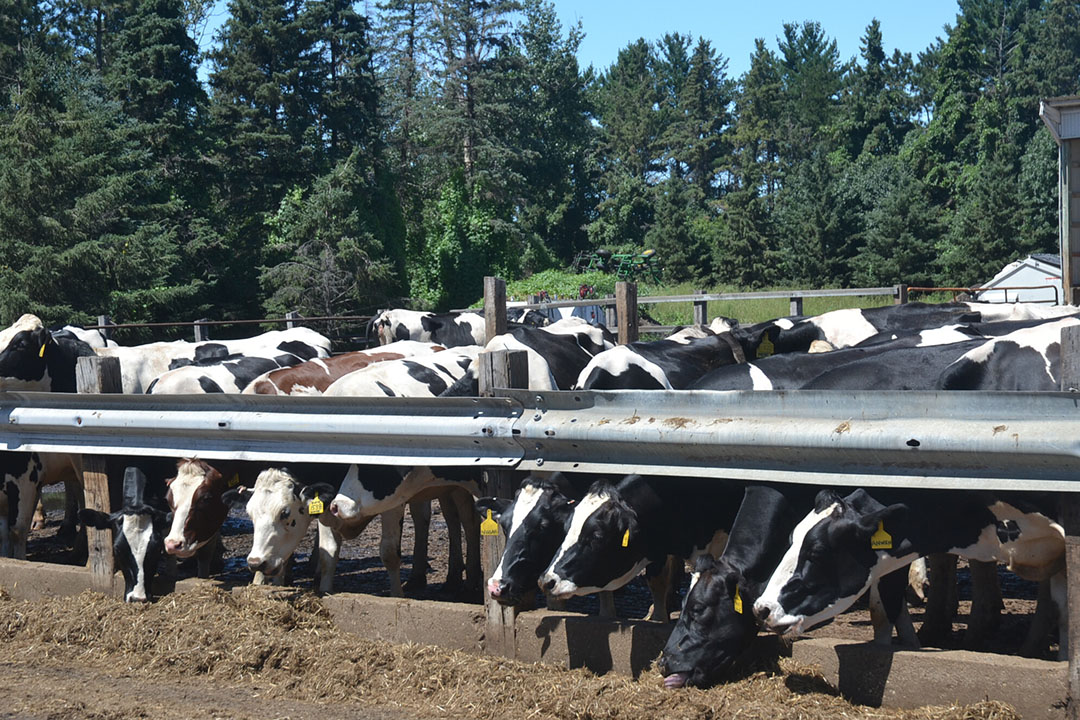
Construction of the Redhead Creamery could begin, but the difficulties were not over. There were problems with the building permit, weather delays, delayed deliveries of equipment from subcontractors, bad test results of the first cheese – these problems threatened to put an end to Alise’s dream. But finally in 2014, the first milk from the milking barn entered the cheese dairy and the first batch of cheddar was produced.
“Today we produce cheese 3-4 days a week and we have established a cheese shop and a visitor’s room where you can taste the cheeses, just as we serve lunch outdoors on a large terrace in the summer,” says Alise.
Guests can also enjoy a tour of the farm, where they can hear about the milk’s path to the finished cheese product. Today, Redhead Creamery (named after Alise’s red hair) produces cheddar, brie and minster cheese as well as different varieties, all according to recipes that Alise has come up with during her 10-year educational journey to make her dream come true.
Sustainable and quality cheese
“We want to make something different and at the same time tell our visitors and consumers about the fantastic cheese that can be made from cow’s milk. Our goal is, of course, that the production and operation here on the farm is sustainable and that the quality must be top notch,” says Alise.
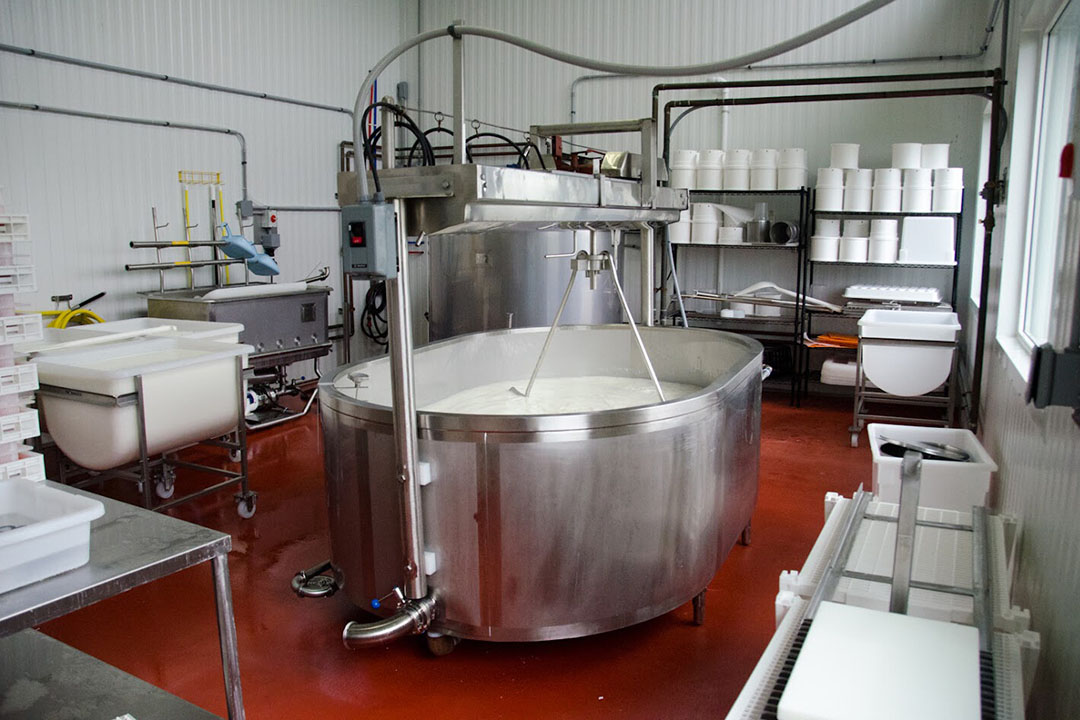
On the farm, 80% of the cows are Holstein and the rest are Brown Swiss dairy cows. They produce 2 million litres of milk annually. Of this, Alise takes approximately 7% for cheese production while the rest is sent to a nearby co-operative dairy.
“Together with my parents, we are constantly trying to improve the sustainability on the farm and increase earnings through various initiatives. When we established ourselves and started making money from milk production approximately 17 years ago, we had a goal that a smaller dairy cow herd could be both sustainable and profitable. At the same time, a few years ago we started opening the doors to visitors,” adds Alise.
Both the farm and the dairy are open to the public every day in the summer, while it is only open at the weekend in the winter.
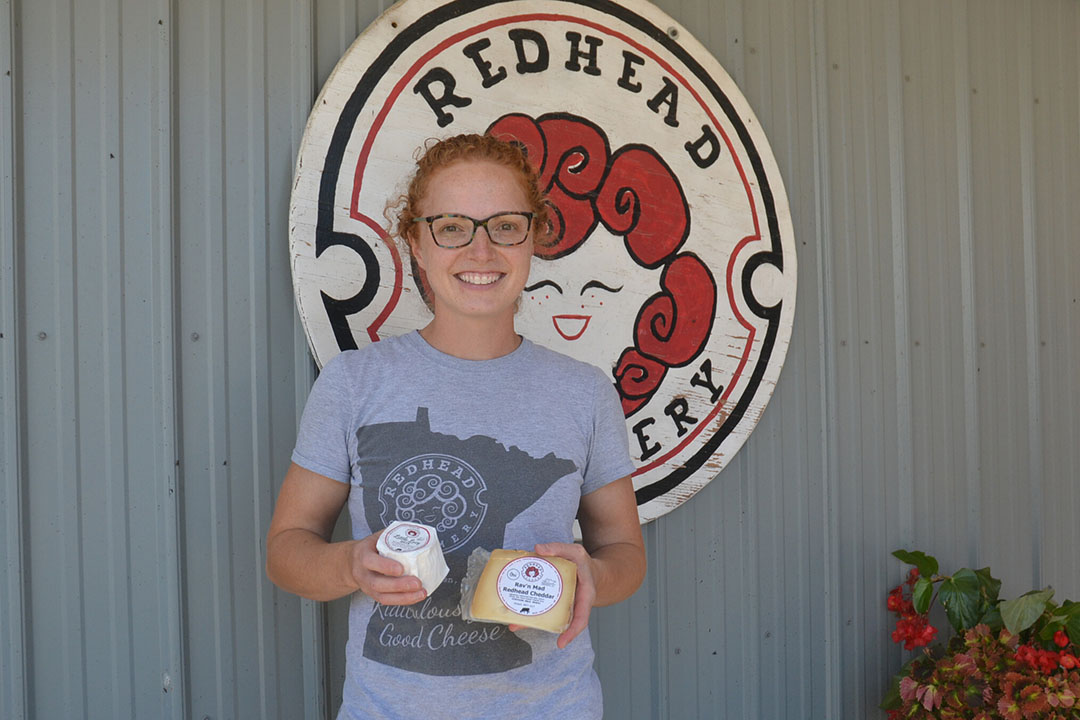
“Throughout the years, we have continually invested in initiatives that promote sustainability in the barn, in the dairy, but also in the fields,” says Alise. Outdoors, among other things, a spray- and fertilizer-free zone has been created with grass along the Crow River, which flows approximately 500 metres past our farm. We have also made a border with a root zone net around a small lake close to the farm’s buildings. These initiatives have reduced the leaching of nitrogen from our fields to almost zero.”
Alise continues: “In addition, a programme with a monitoring service to scan for weeds and harmful pests has meant that we save unnecessary use of pesticides. Indoors, it is mostly on the energy side that we continuously reduce electricity consumption and costs by investing in highly efficient boilers and LED lighting in the stables, farmyard and cheese dairy. This has meant a reduction on the energy side of around 20%,” she concludes.
Join 13,000+ subscribers
Subscribe to our newsletter to stay updated about all the need-to-know content in the dairy sector, two times a week.


